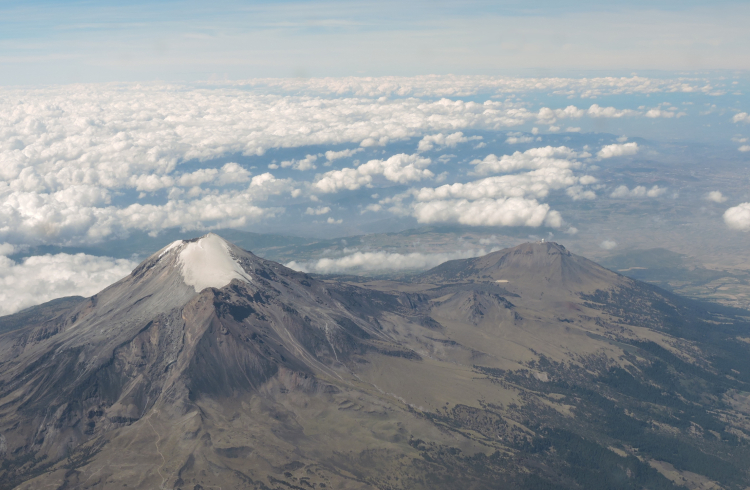molecular-designs.com – Nestled within the majestic Sierra Madre Oriental mountain range, Pico de Orizaba stands as a testament to the raw power and beauty of nature. As the highest peak in Mexico and the third-highest in North America, this dormant volcano captivates the hearts and imaginations of adventurers and nature enthusiasts alike. Its towering presence, reaching an impressive height of 5,636 meters (18,491 feet) above sea level, offers a plethora of geological wonders and breathtaking landscapes that beckon explorers from around the globe.
The Geological Marvel
Pico de Orizaba, also known as Citlaltépetl, is a dormant stratovolcano, meaning it was formed by layers of hardened lava, pumice, and volcanic ash. Its last eruption occurred over 2,000 years ago, yet the volcano’s geological history is a fascinating aspect of its allure. The mountain is composed of two volcanic cones, with the larger one having collapsed, leaving a massive crater that now holds the stunning Jamapa Glacier, one of the few remaining glaciers in Mexico.
A Climber’s Paradise
For mountaineers, Pico de Orizaba presents a challenging yet rewarding climb. The ascent to the summit is not only a test of physical endurance but also an opportunity to witness the stunning beauty of the mountain’s diverse ecosystems. The journey begins in the lush forests of the lower slopes, transitioning through alpine meadows before reaching the stark, icy terrain of the upper mountain. The most popular route to the summit is the Jamapa Glacier route, which, despite being considered non-technical, requires proper acclimatization and mountaineering experience.
Cultural Significance
Pico de Orizaba holds a special place in the hearts of the local indigenous people, particularly the Nahua. According to their legends, the mountain is a sacred site where the gods reside. The name “Citlaltépetl” translates to “Star Hill” or “Hill of the Star” in the Nahuatl language, reflecting its celestial significance. The mountain is also a symbol of unity, straddling the states of Puebla and Veracruz, and serving as a natural landmark that binds the diverse cultures of the region.
Biodiversity and Conservation
The ecosystems surrounding Pico de Orizaba are rich and varied, ranging from tropical forests at the base to the icy landscapes near the summit. This diversity supports a wide array of flora and fauna, some of which are endemic to the region. Recognizing its ecological importance, the area around the volcano has been designated as a National Park, ensuring the protection of its natural beauty and biodiversity for future generations.
Conclusion
Pico de Orizaba is more than just a mountain; it is a symbol of Mexico’s natural heritage and a beacon for those seeking adventure and connection with the natural world. Its majestic presence has inspired countless stories and legends, and its geological and ecological significance continues to be a subject of fascination for scientists and explorers alike. As we continue to explore and learn from this towering volcano, it remains a reminder of the awe-inspiring power and beauty of our planet.

